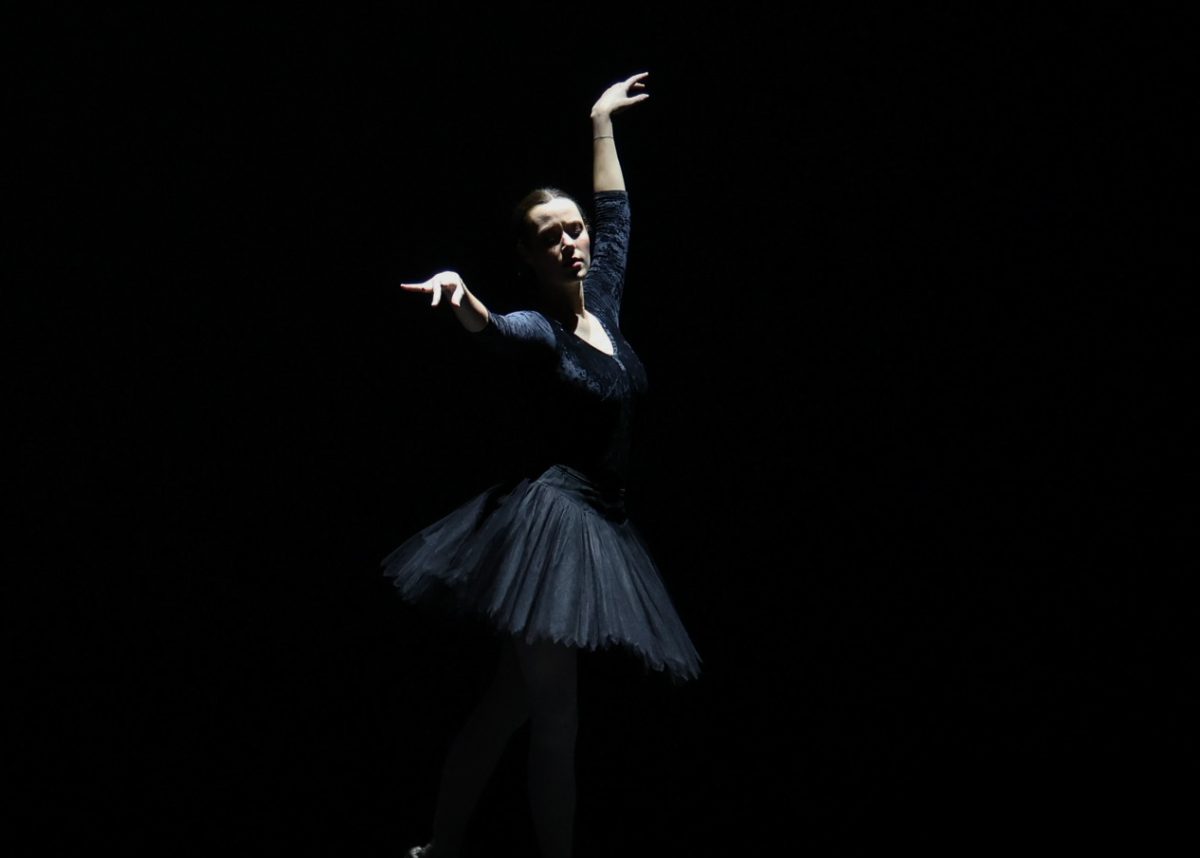Landmarks tell us where we are, remind us of the passing of time and stand true throughout the change around them. In its nearly 200 years of existence, Austin has seen change and growth, but its landmarks remind us of the history behind us. Below are five of the lesser known Austin landmarks.
Elisabet Ney Museum
304 E. 44th St., Austin, TX 78751
The Elisabet Ney Museum is the former house and studio of sculptor Elisabet Ney. The studio, which resembles a small castle, was one of the earliest art studios ever built in Texas. The museum houses over fifty of Ney’s sculptures, including her busts of Ludwig II of Bavaria, Sam Houston and Stephen F. Austin. In 1941, the city of Austin acquired the building and has worked since then to keep Ney’s memory alive. In addition to the museum, Ney’s work can be found in the Texas State Capitol, the U.S. Capitol Building and the Smithsonian American Art Museum.
The Tavern Building
922 W. 12th St., Austin, TX 78703
The building that houses the Tavern has been many different things in the over 100 years that the building has been open. It began its life as a grocery store in 1916, then was converted into a steakhouse in 1929, and finally took on the name “The Tavern” in 1933, when it reopened as a speakeasy and brothel during the prohibition. Its time as a speakeasy and brothel is arguably its most fascinating period. The bar claims, during that time, a daughter of one of the sex workers was murdered by a patron, and the ghost of the little girl still haunts the building. The Tavern’s current iteration can be described as a German-influenced sports bar. In addition to being one of the longest-running businesses in Austin, it is also one of the most haunted.
Bremond Block Historic District
700 Guadalupe St., Austin, TX 78701
Bremond Block Historic District is one of the last intact upper class Victorian neighborhoods in Texas. The neighborhood is comprised of 11 grand homes, six of which were built for the families of the Bremond brothers, prominent bankers of the late 19th century. The Bremond homes are currently used as the headquarters for The Texas Classroom Teachers Association. In 1970, the block was added to the National Register of Historic Places as one of the last preserved Victorian neighborhoods.
Treaty Oak
507 Baylor St., Austin, TX 78703
The Treaty Oak is a 500-year-old live oak that is supposedly the last surviving tree of the 14 council oaks, a meeting place for the Comanche and Tonkawa tribes before the European invasion. In 1989, the tree was vandalized and nearly killed when Paul Cullen poisoned it with enough herbicide to kill 100 trees. After the poisoning, the community came together and raised thousands of dollars to help save the tree. Through extensive efforts, such as sugar application to the roots and soil replacement, they were able to save one-third of the tree and keep it alive.
Scholz Garten
1607 San Jacinto Blvd., Austin, TX 78701
Scholz Garten is a beer garden and dance hall, and one of the oldest businesses in Texas. Scholz Garten was opened in 1866 by August Scholz and became popular meeting place for German immigrants in Austin. In 1908, it was bought by its current owners, The Saengerrunde Club, a club that celebrates German culture. Scholz Garten currently features a dining area, a dance hall and outdoor space. Scholz Garten was officially made a Texas Historic Landmark in 1966.














